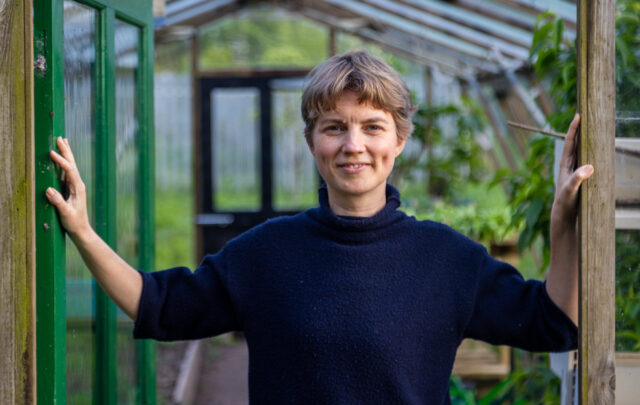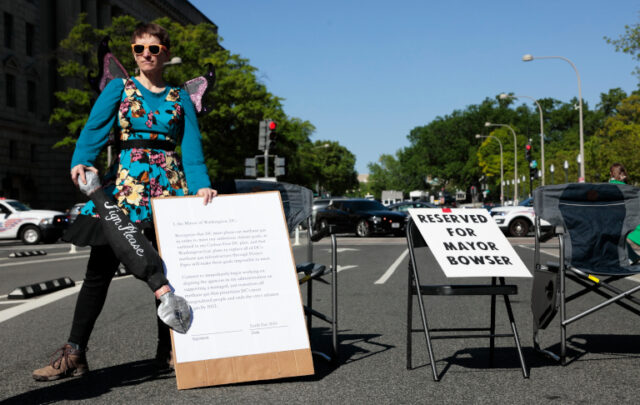Click on the headline (link) for the full text.
Many more articles are available through the Energy Bulletin homepage
Pioneering wind energy study looks 30-50 years ahead for global warming impact
Michael Graham Richard, Treehugger
“First ever analysis of long-term stability of wind over the U.S.”
This week’s Proceedings of the National Academy of Sciences (often just known by its acronym: PNAS) contains the first ever analysis of long-term wind stability in the United States. The goal was to see if global warming will have a big impact on wind patterns and, potentially, disrupt wind power production, compounding the problems caused by climate change. The results are very interesting…
Limited Impact from a Warmer Climate
The news are pretty good: “The greatest consistencies in wind density we found were over the Great Plains, which are already being used to harness wind, and over the Great Lakes, which the U.S. and Canada are looking at right now,” said Provost’s Professor of Atmospheric Science Sara Pryor, the project’s principal investigator…
(3 May 2011)
Link to report abstract. The report is behind a paywall.
The press release is here.
Wind industry and Decc urged to come clean on output of wind farms
Eifion Rees, The Ecologist
With a new analysis showing UK wind farms operating at just 20 per cent of their capacity in 2010, the potential of wind power has been called into question. Eifion Rees examines the arguments from both sides
The efficacy of wind power has been called into question by a new report suggesting wind turbines are not living up to their billing by government and industry. Opponents are now urging both to make public data they hold on wind power.
Proponents of wind reacted angrily to the publication of analysis of UK wind power generation researched by Stuart Young Consulting, accusing the wilderness charity that supported the report, the John Muir Trust (JMT), of acting ‘irresponsibly’…
‘We don’t claim this to be a perfect analysis of UK wind generation, but it’s the best anyone can do with the publicly available data,’ she [Helen McDade, head of policy for JMT] says. ‘Indeed, one of the concerns about the expansion of wind power is the lack of technical and economic data by which to judge whether what is claimed is actually being delivered. We’d be delighted to see the more complete data held by Decc, the National Grid and the wind industry in the public domain so we can update our report.’…
Alex Randall of the Centre for Alternative Technology says the slight disparity in claimed wind energy output doesn’t alter the fact that the UK needs a low-carbon way to generate electricity.
‘Wind is our most developed form of renewable energy generation and the one that offers the biggest potential for the UK. To be part of the debate about where our energy comes from means engaging with the issue in a realistic way, one that accepts there will have to be compromises. JMT has not approached it from an energy strategy perspective, but because it doesn’t like the look of wind turbines in wild spaces.’…
(4 May 2011)
Why Germany’s offshore wind parks have stalled
Frank Dohmen and Alexander Jung, Der Spiegel
With Chancellor Merkel’s government turning its back on nuclear power, offshore wind parks are set to pick up the slack. But the installation of gigantic turbines in the North and Baltic seas has proven challenging, slow and hindered by bureaucratic hurdles. Could the future of wind be on land after all?
Whenever German Chancellor Angela Merkel visits one of her country’s four major electric utilities, it is bound to have symbolic significance. This was the case when the chancellor and Jürgen Grossmann, the CEO of electric utility RWE, visited the Emsland nuclear power plant near Lingen in northern Germany last year. Merkel’s message was clear: German nuclear power plants are safe. And they will be needed for years to come to ensure that the country’s energy supply remains affordable and stable.
But after the catastrophe at Japan’s Fukushima nuclear power plant, Berlin’s energy policy changed dramatically. And an event Chancellor Merkel is scheduled to attend on May 2, together with officials from the electric utility EnBW, comes at a convenient moment. On that day, the chancellor will not be touring a nuclear power plant. Instead, she will be headed out to sea or, more precisely, to a point in the Baltic Sea 16 kilometers (10 miles) off the Zingst Peninsula in Western Pomerania.
Energy giant EnBW has almost completed the first commercial offshore wind farm in the Baltic Sea at the site, and Merkel will inaugurate it.
Twenty-one giant wind turbines — each 130 meters (425 feet) tall — will jut out of the water over an area of seven square kilometers (2.7 square miles). When the wind is strong, they will feed about 185 gigawatt hours of electricity into the grid each year, or enough to supply 50,000 households with green energy…
(27 April 2011)
Update: Angela Merkel visited the “Baltic 1” windpark this week and promised to cut red tape.





